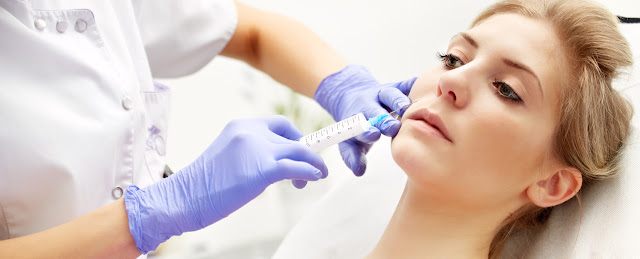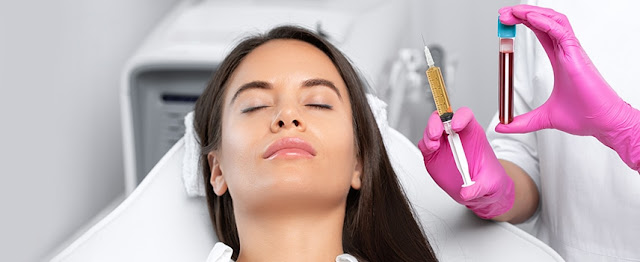Acne Treatments, Causes, and More

Acne is a common skin condition that causes spots on the face, neck, back, or chest. These spots can be whiteheads, blackheads, or inflamed, pus-filled pimples. Adult acne , also called hormonal acne, continues past the age of around 18 to 20 or starts when someone is in their early twenties. Acne vulgaris generally affects teenagers and continues for 3 to 5 years, although it can sometimes carry on for longer. Acne is more common in women than in men. Symptoms of Acne The symptoms of acne include: whiteheads: small white spots under the surface of the skin blackheads: small, blocked pores with a black ‘plug’ pimples: inflamed, red spots which can have yellow pus in the middle nodules: large red bumps under the skin which can be painful These symptoms are commonly seen on the face, but acne can also affect the back, chest, shoulders, or neck. Causes of Acne Acne is caused by bacteria that can grow inside the skin's pores when they become blocked. These bacteria can produce ...

